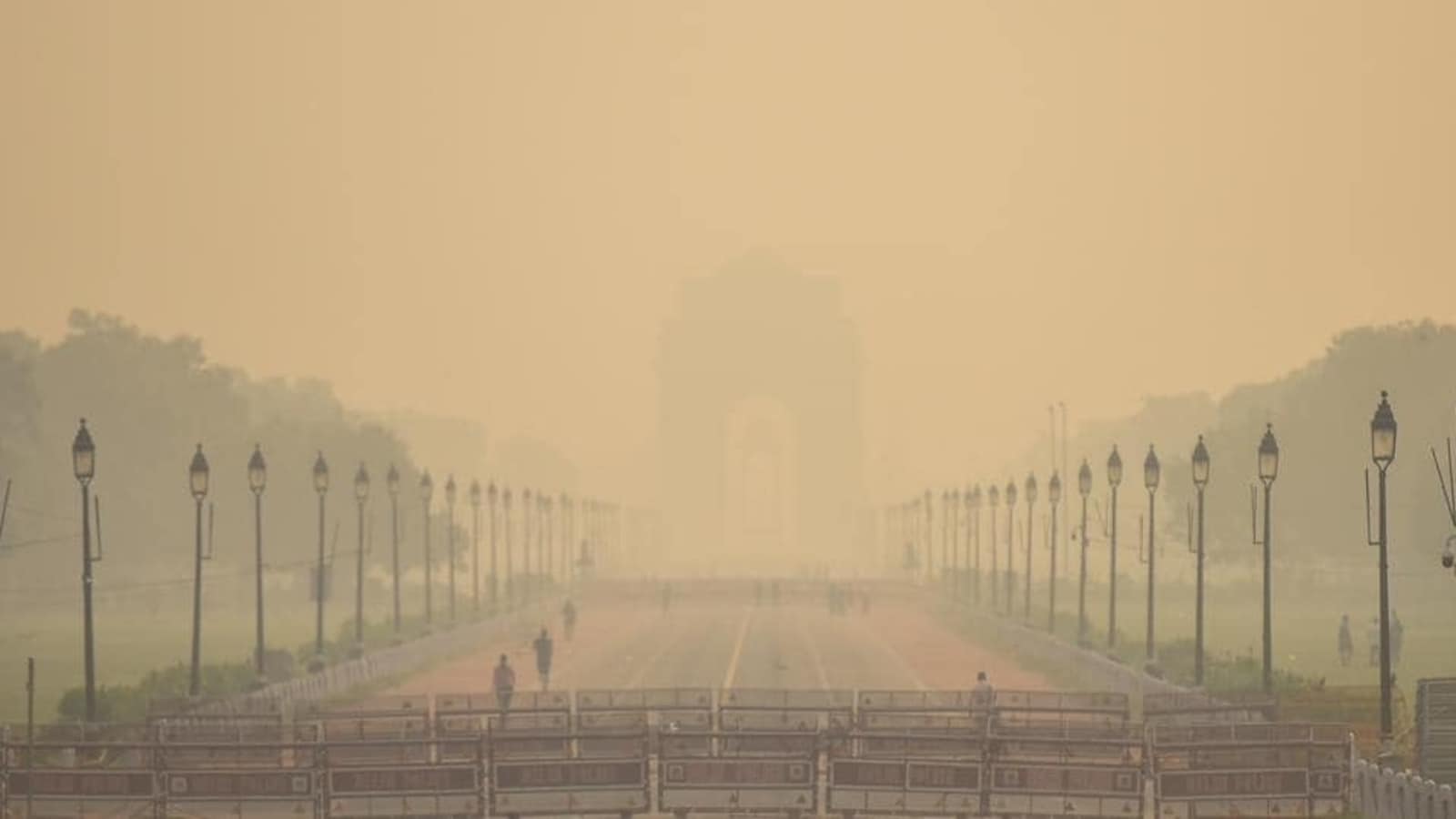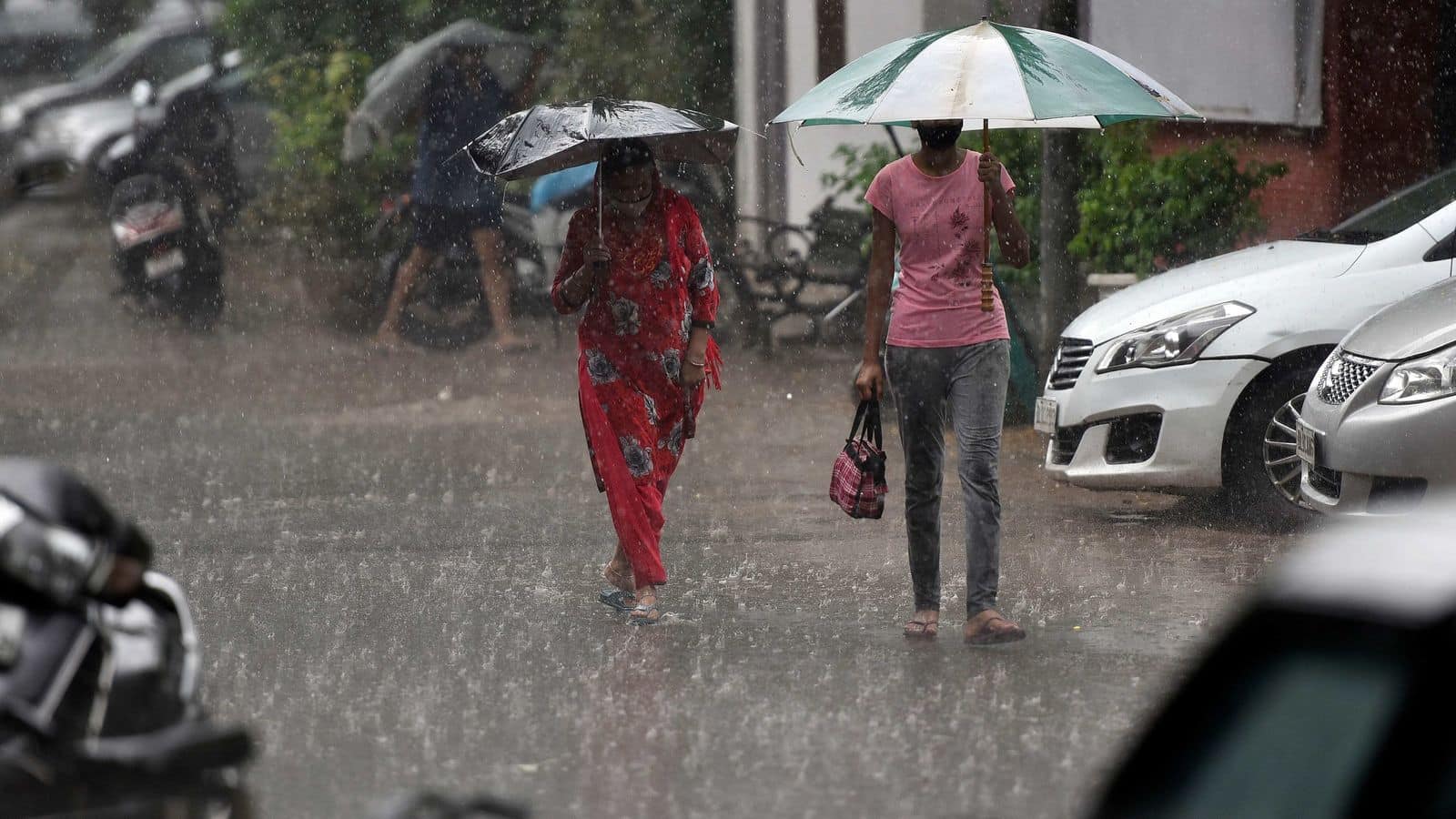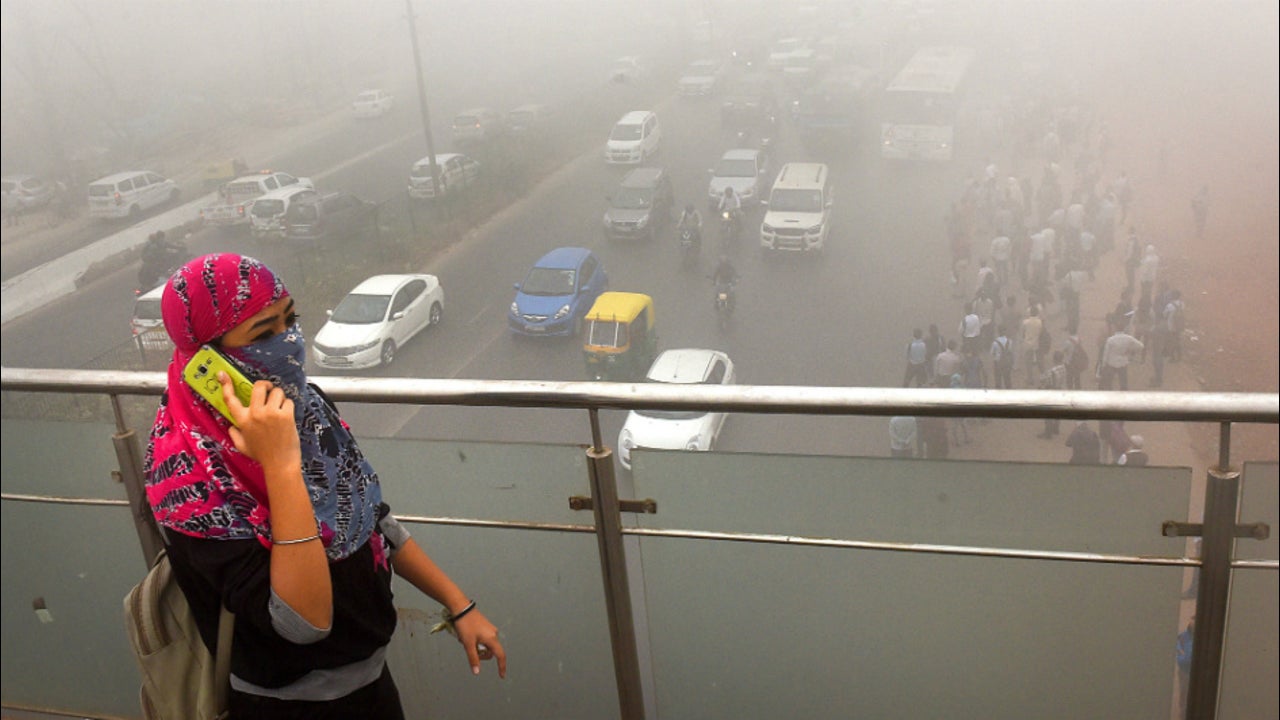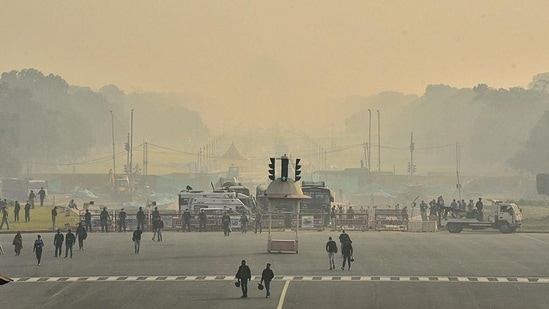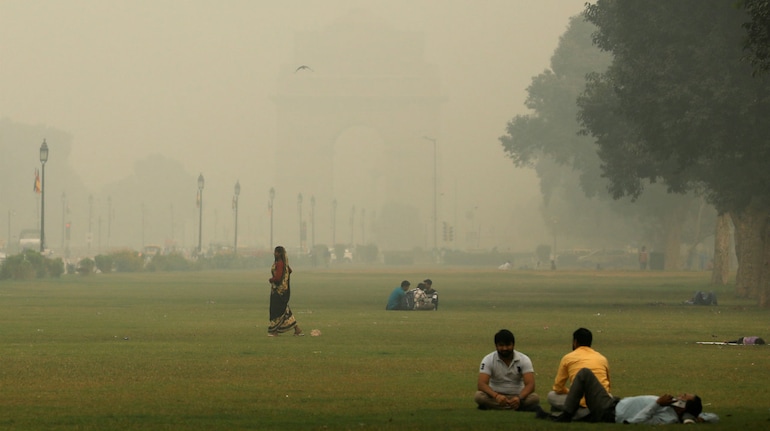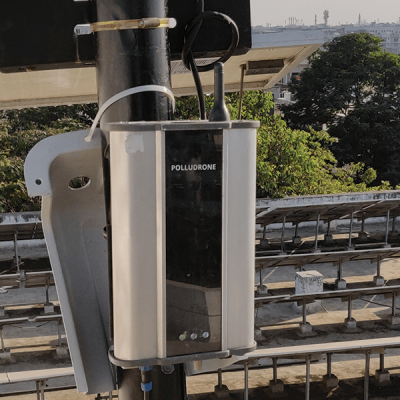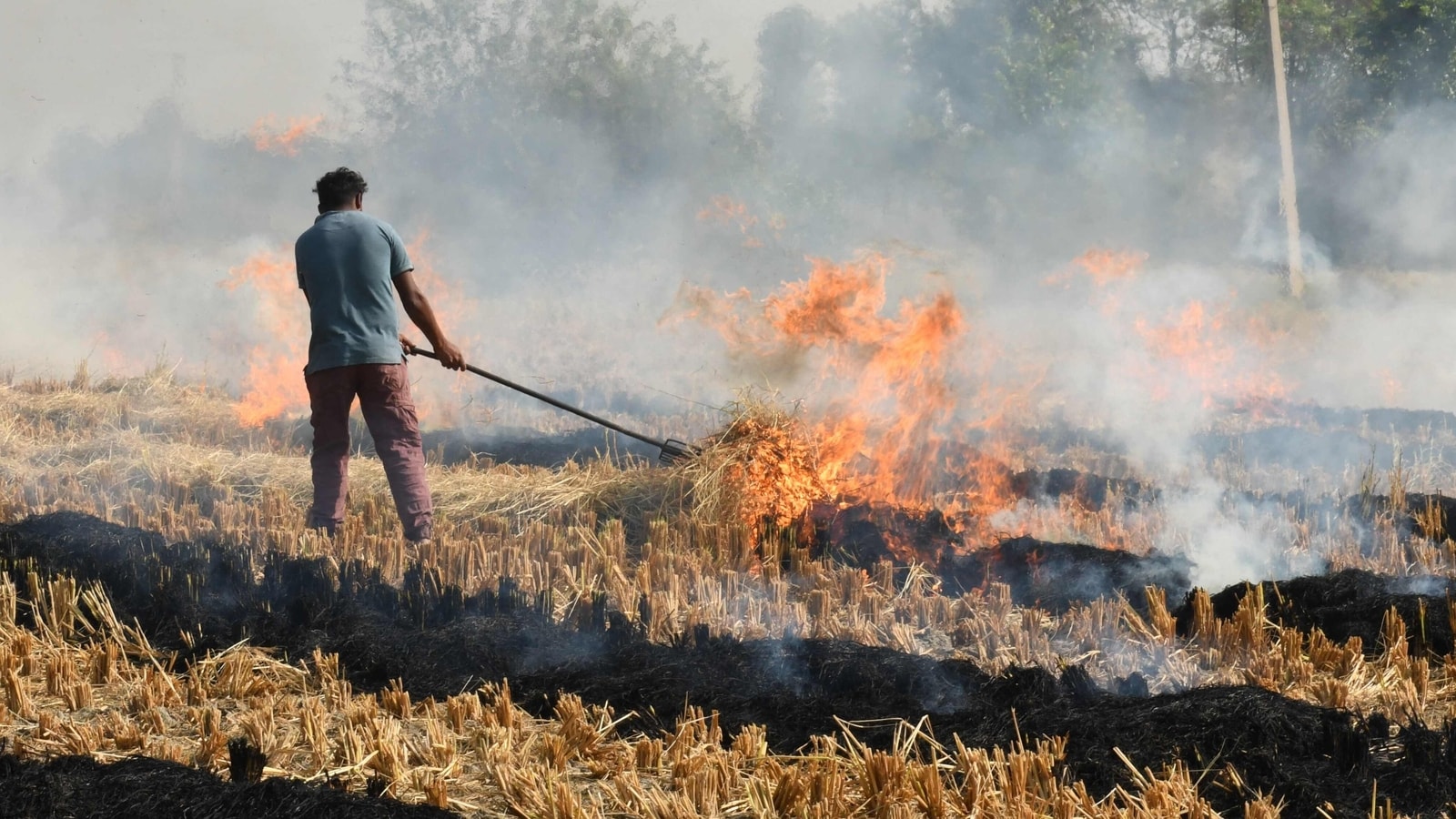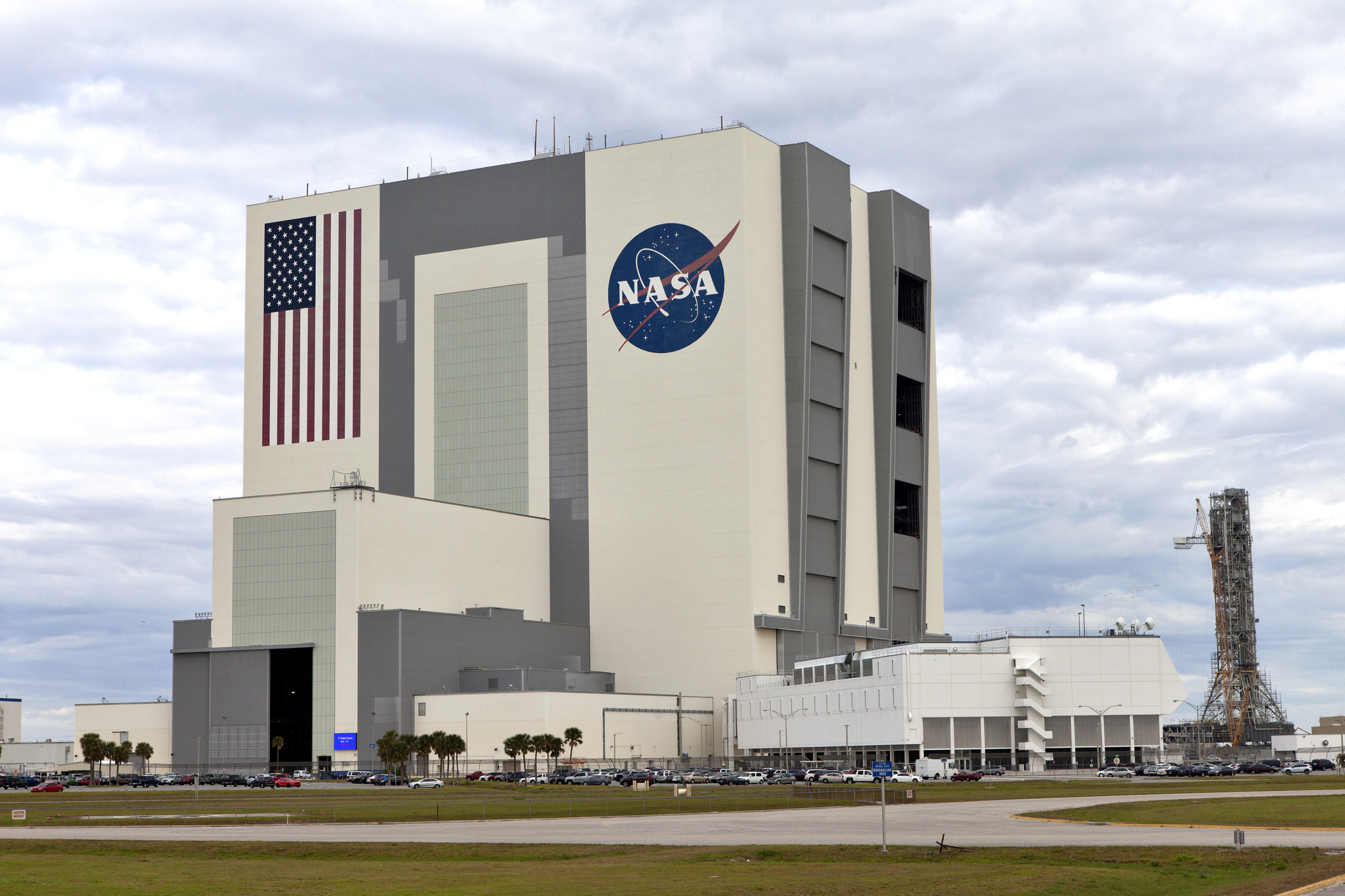According to the Delhi-based nonprofit, the Centre for Science and Environment, the first part of this year’s winter in the Delhi-national capital region (NCR) has already shown early signs of improvement in Winter Pollution.
This year’s Diwali was comparatively cleaner, giving the heavily polluted national capital a much-needed break.
For the months of October and November, the average concentration of fine particulate matter (PM) decreased to 142 micrograms per cubic meter (g/m3). The non-profit reported that this is the lowest amount seen since the city established these stations in 2018.
Thanks to the significant rainfall in October of this year, Delhi recorded five days with good air quality.
This is the largest number in the previous five years. A good day for the environment is one with PM2.5 concentrations under 30 g/m3. One pleasant air day occurred in 2017 whereas none were noted in the winters of 2018, 2019, or 2020.
This year’s Diwali night PM 2.5 concentration was 289 g/m3, which is significantly lower than last year’s Diwali night when it was 747 g/m3. The fact that the festival was held earlier than normal in the year may have contributed.
According to a citywide average of 37 Continuous Ambient Air Quality Monitoring Sites (CAAQM) and 10 older stations, the fine particle levels in the nation’s capital this October–November were 15% and 18% lower than they were in the same period of 2018.
According to CSE, levels are 38% lower than they were in October and November of 2016, which was the worst autumn in the previous eight years.
The NCR’s main cities, which are significantly more polluted than smaller towns, have had the lowest levels of pollution during the last three years.
With an average of 142 g/m3 of pollution from October to November, Delhi was the most polluted major city in the NCR.
The data showed that Gurugram (134 g/m3) and Ghaziabad (131 g/m3) were the next two cities on the list after the national capital.
This year, the average PM2.5 in Ghaziabad was 36% lower than it was during the same time period in 2020. Similar to this, Greater Noida and Faridabad had increases of 28% and 22%, respectively.
This is better than the citywide improvement of 19% in Delhi during the same period. With only a 15% chance, Gurugram exhibited the least improvement, the analysis found.
The average PM2.5 in Noida during October and November of this year appears to be 40% lower than it was at the same time in 2020.
The analysis also found that this season, one of Noida’s CAAQM stations was reporting unusually low results, which requires investigation.
In comparison to October to November of 2021, the overall number of farm stubble fires reported this year from Punjab, Haryana, and Delhi was 37% and 42% lower.
According to the United States National Aeronautics and Space Administration VIIRS satellite and NASA’s MODIS satellite, there were 11,824 and 54,391 stubble fires, respectively.
So far this season, no episodes of severe smog have been noted. Severe smog episodes are defined as smog events that persist for at least three days and have an air quality index of severe or above.
In October and November, there is often one such episode that lasts six to ten days.
Read More: COVID-19 positive rate falls to 14.3% in NCR, by OCTA research
|
|
 Facebook Page Facebook Page |
Click Here |
 Twitter Twitter |
Click Here |
 Instagram Instagram |
Click Here |
 Google News Google News |
Click Here |



